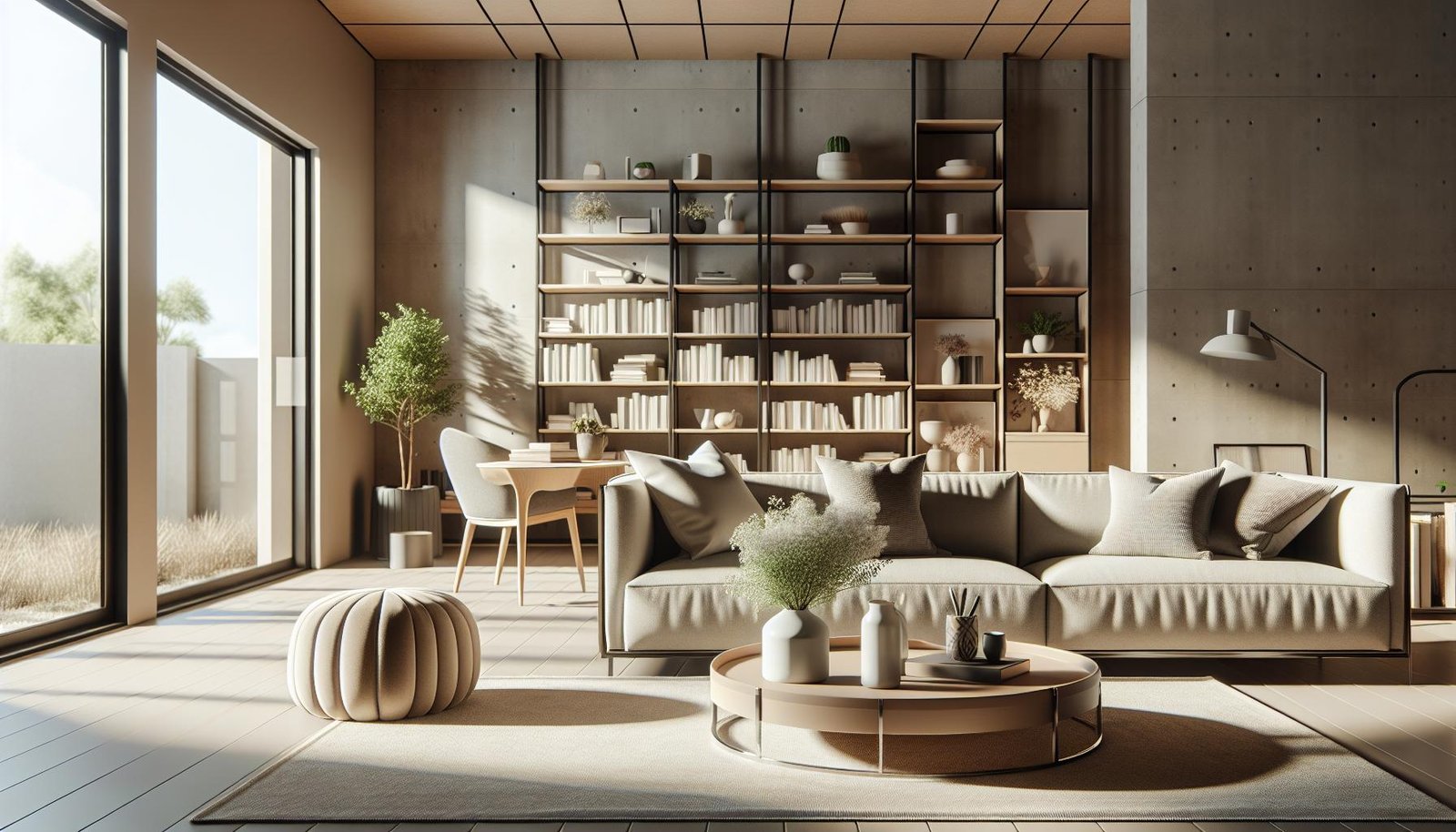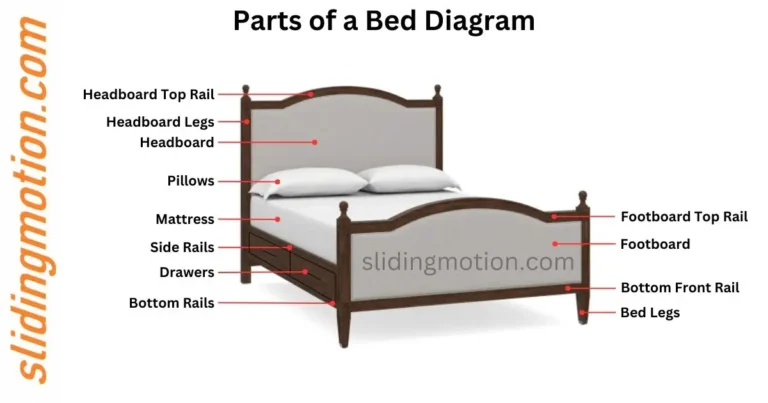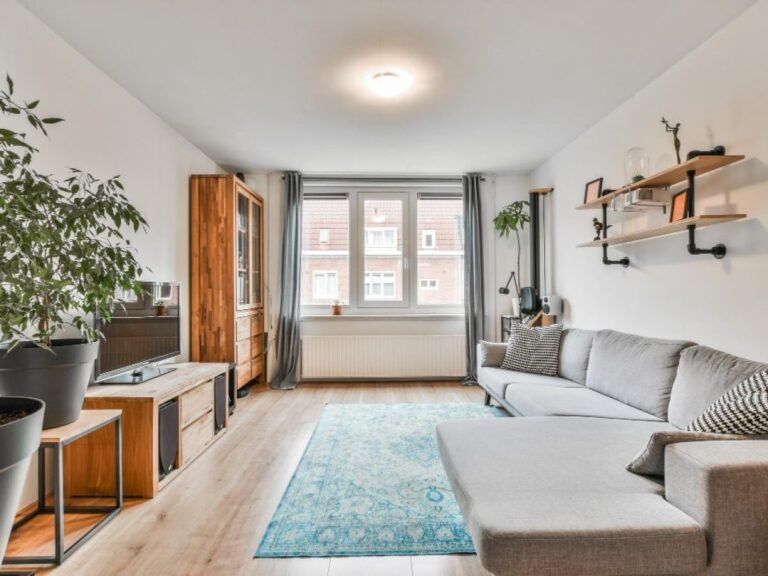DecoratorAdvice.com: Your Ultimate Interior Design Resource
Introduction
Interior design can transform any space from ordinary to extraordinary, but knowing where to start can feel overwhelming. Whether you’re a homeowner looking to refresh a single room or completely renovate your entire home, having access to expert decorator advice makes all the difference. This comprehensive guide explores essential interior design principles, current trends, and practical tips to help you create beautiful, functional spaces that reflect your personal style.
Understanding Interior Design Fundamentals
The Seven Elements of Interior Design
Every successful interior design project relies on mastering seven fundamental elements:
- Space: Understanding how to work with the physical dimensions and layout of your room
- Line: Using horizontal, vertical, and dynamic lines to create visual interest and guide the eye
- Form: Incorporating three-dimensional shapes through furniture, accessories, and architectural features
- Light: Balancing natural and artificial lighting to enhance mood and functionality
- Color: Creating cohesive color schemes that reflect your personality and desired atmosphere
- Texture: Adding visual and tactile interest through various materials and finishes
- Pattern: Using repetitive designs to create rhythm and visual flow throughout your space
Design Principles That Work
| Principle | Description | Application |
|---|---|---|
| Balance | Creating visual equilibrium in a room | Distribute visual weight evenly using symmetrical or asymmetrical arrangements |
| Emphasis | Creating focal points that draw attention | Use contrasting colors, unique furniture pieces, or artwork as statement elements |
| Rhythm | Establishing visual flow and movement | Repeat colors, patterns, or shapes throughout the space |
| Proportion | Ensuring elements relate well to each other in size | Choose furniture that fits the scale of your room |
| Harmony | Creating unity and cohesion | Use consistent style elements and complementary colors |
Current Interior Design Trends
2024-2025 Design Movements
The interior design landscape continues to evolve, with several key trends shaping modern homes:
Sustainable and Eco-Friendly Design
- Reclaimed wood furniture and accents
- Energy-efficient lighting solutions
- Natural, non-toxic materials
- Vintage and upcycled pieces
Maximalist Expression
- Bold wallpaper patterns
- Layered textures and colors
- Statement artwork and accessories
- Mix-and-match furniture styles
Biophilic Design Elements
- Indoor plants and living walls
- Natural stone and wood finishes
- Large windows and skylights
- Organic shapes and forms
Warm Minimalism
- Clean lines with cozy textures
- Neutral color palettes with warm undertones
- Functional furniture with hidden storage
- Uncluttered spaces with purposeful decoration
Room-by-Room Design Strategies
Living Room Essentials
Your living room serves as the heart of your home, where family and friends gather to relax and socialize. Here are key considerations for creating an inviting living space:
Furniture Arrangement Tips:
- Create conversation areas by arranging seating in a U-shape or around a coffee table
- Ensure adequate walking space between furniture pieces (at least 18 inches)
- Position the largest piece of furniture first, then build around it
- Use area rugs to define seating areas in open-plan spaces
Lighting Solutions:
- Layer different types of lighting: ambient, task, and accent
- Include table lamps, floor lamps, and overhead fixtures
- Add dimmer switches for adjustable mood lighting
- Consider the room’s natural light throughout the day
Kitchen Design Considerations
The kitchen demands both functionality and style, making it one of the most challenging rooms to design effectively.
Layout Optimization:
- Follow the work triangle principle (sink, stove, refrigerator)
- Ensure adequate counter space for food preparation
- Plan for sufficient storage with a mix of cabinets and drawers
- Consider traffic flow and multiple users
Material Selection:
- Choose durable countertop materials like quartz or granite
- Select flooring that can withstand heavy use and spills
- Opt for easy-to-clean backsplash materials
- Invest in quality hardware for longevity
Bedroom Sanctuary Creation
Your bedroom should provide a peaceful retreat that promotes rest and relaxation.
Essential Elements:
- Invest in quality bedding and mattress
- Control light with blackout curtains or blinds
- Minimize electronic devices and distractions
- Create adequate storage for clothing and personal items
- Choose calming colors and soft textures
Color Psychology in Interior Design
Understanding how colors affect mood and perception helps create spaces that support your lifestyle and emotional well-being.
Warm Colors and Their Effects
- Red: Energizing and passionate, ideal for dining rooms and social spaces
- Orange: Cheerful and welcoming, perfect for kitchens and playrooms
- Yellow: Uplifting and optimistic, great for home offices and breakfast nooks
Cool Colors and Their Applications
- Blue: Calming and serene, excellent for bedrooms and bathrooms
- Green: Refreshing and balanced, suitable for any room, especially bedrooms
- Purple: Luxurious and creative, works well in bedrooms and home offices
Neutral Colors for Versatility
- White: Clean and spacious, perfect for small rooms and minimalist designs
- Gray: Sophisticated and timeless, provides an excellent backdrop for colorful accents
- Beige: Warm and inviting, creates cozy atmospheres in living areas
Budget-Friendly Decorating Solutions
Creating beautiful interiors doesn’t require unlimited funds. Smart shopping and creative solutions can achieve impressive results on any budget.
High-Impact, Low-Cost Updates
- Paint: The most cost-effective way to transform any space
- Lighting: Update fixtures and add lamps for immediate improvement
- Textiles: Change curtains, pillows, and throws for seasonal updates
- Artwork: Create gallery walls with personal photos and affordable prints
- Plants: Add life and color with various houseplants
DIY Projects That Make a Difference
- Refinish existing furniture with paint or stain
- Create custom artwork using canvas and acrylic paints
- Build simple shelving units for additional storage
- Reupholster chairs and cushions with new fabric
- Install peel-and-stick wallpaper for accent walls
Working with Professional Decorators
While many design projects can be tackled independently, certain situations benefit from professional expertise.
When to Hire a Professional
- Large-scale renovations or new construction
- Complex lighting or electrical work
- Structural changes or space planning
- High-end furniture and material selection
- Time constraints or lack of design confidence
Maximizing Your Investment
Preparation Steps:
- Define your style preferences and functional needs
- Set a realistic budget including contingency funds
- Gather inspiration images and create mood boards
- Research potential designers and check references
- Prepare questions about their process and timeline
Sustainable Design Practices
Environmental consciousness increasingly influences interior design decisions, with many homeowners seeking eco-friendly alternatives.
Sustainable Material Choices
| Material Type | Sustainable Options | Benefits |
|---|---|---|
| Flooring | Bamboo, cork, reclaimed wood | Renewable, durable, unique character |
| Furniture | FSC-certified wood, recycled materials | Reduced environmental impact, quality construction |
| Textiles | Organic cotton, hemp, recycled fibers | Non-toxic, biodegradable, healthier indoor air |
| Paint | Low-VOC or zero-VOC formulas | Better air quality, reduced chemical exposure |
Energy-Efficient Solutions
- LED lighting throughout the home
- Smart thermostats for climate control
- Energy-efficient appliances and electronics
- Proper insulation and window treatments
- Solar panels and renewable energy systems
Technology Integration in Modern Design
Smart home technology continues to reshape how we interact with our living spaces, offering convenience, security, and energy efficiency.
Popular Smart Home Features
Lighting Control:
- Programmable LED systems
- Motion-sensor activation
- Color-changing capabilities
- Voice and app control
Climate Management:
- Smart thermostats with learning capabilities
- Automated blinds and curtains
- Zoned heating and cooling systems
- Air quality monitoring
Security and Convenience:
- Smart locks and doorbell cameras
- Home automation systems
- Wireless charging stations
- Hidden cable management
Conclusion
Creating beautiful, functional interior spaces requires a combination of design knowledge, personal style awareness, and practical planning. Whether you’re working with a professional decorator or tackling projects yourself, understanding fundamental design principles, current trends, and sustainable practices will help you make informed decisions that enhance your quality of life.
Remember that successful interior design is ultimately about creating spaces that reflect your personality while meeting your functional needs. Take time to define your style preferences, establish realistic budgets, and plan projects thoughtfully. With patience and creativity, anyone can transform their home into a space they truly love.
By staying informed about design trends, learning from professional advice, and experimenting with different approaches, you’ll develop the confidence to make design decisions that create lasting satisfaction. Your home should tell your unique story while providing comfort, beauty, and functionality for years to come.







